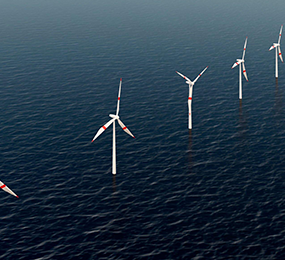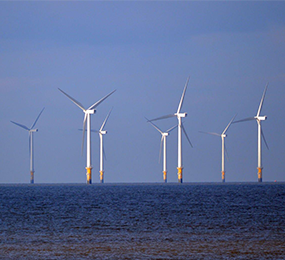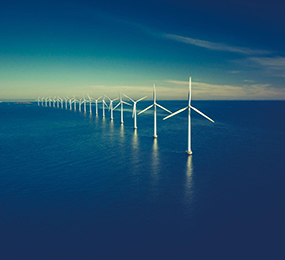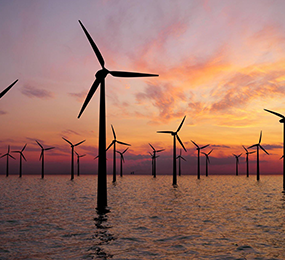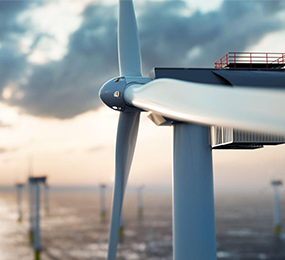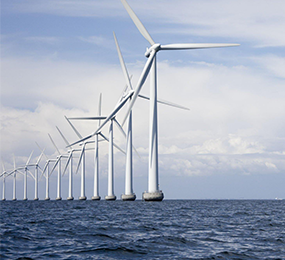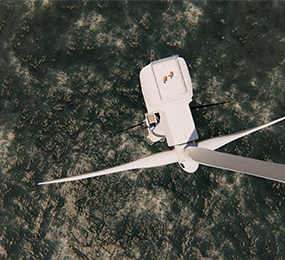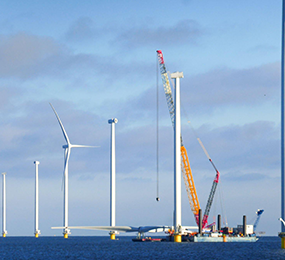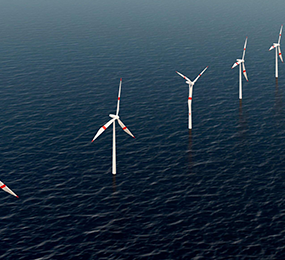Environmental Impact of Floating Offshore Wind
Effects of electromagnetic fields (EMFs)
As deep-water, floating Offshore Wind Farms (OWFs) grow in size and distance from shore, more, longer, and higher capacity subsea cables will be needed to link facility components to one another, the bottom, and shore. For example, the use of inter-array cables suspended within the water column by floating OWFs rather than solely along the seafloor by fixed-bottom OWFs may increase the scope of anthropogenic EMFs in the water column and potentially interact with a greater diversity and abundance of marine organisms.
Changes in habitat
Mooring lines and floating substructures, for example, can serve as fish aggregation devices as well as settlement surfaces for invertebrates and algae. Hundreds of fish species from dozens of taxonomic families congregate near floating structures, suggesting that floating OWFs may attract a diverse range of species and potentially alter species composition in midwater and surface biological communities.
Overall, any habitat changes caused by the operation of deep-water, floating OWFs are anticipated to have limited effects on nearby marine animals and are unlikely to provide many fresh issues that have not yet been seen and handled with the deployment of other marine structures.
Water quality changes
Because saltwater is very corrosive and maintenance of offshore structures, particularly those far from shore, is difficult and expensive, OWF developers will almost probably include preemptive methods to minimize corrosion and biofouling. Corrosion protection for OWFs is generally comprised of several epoxy-based coatings, a polyurethane topcoat, and cathodic protection. These corrosion-prevention techniques are a direct source of chemical emissions, which include organic chemicals like bisphenol A and metals like aluminum, zinc, and indium.
Obstacles in the structure
The physical presence of offshore structures, whether dynamic or static, may bring new challenges and opportunities for marine creatures, and deepwater, floating OWFs are likely no exception.
Deepwater, floating OWFs, on the other hand, may act as a barrier to migrating birds, bats, marine animals, and fishes. Migrating bird species may take more roundabout paths and use more energy if OWFs are avoided.
Visit our website to know more: https://bit.ly/3WI81v2
For more information and group participation, contact us: [email protected]
Leadvent Group - Industry Leading Events for Business Leaders!


